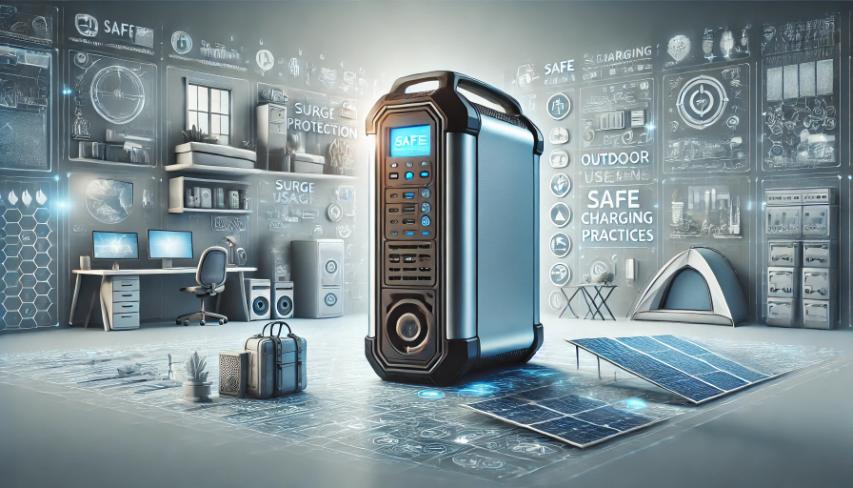
Are Portable Power Stations Safe?
When you're out camping, prepping for a blackout, or simply powering up your devices on the go, safety should always be a top priority. Portable power stations offer a reliable power source, but understanding their safety features and risks can make all the difference. In this guide, we'll break down everything you need to know to use your power station safely and confidently.
Not sure which power station is right for you?
Take the quiz!
Understanding Portable Power Station Safety Risks
Battery and Electrical Safety Risks
Overheating and Fire Risk
While rare, damage or poor handling can lead to overheating or fire. Avoid leaving your station in direct sunlight, charging it near heat sources, or using third-party chargers.
Shock and Short Circuit Risks
Check cables regularly and never use damaged wires. Keep your unit away from water and make sure plug connections are firm and insulated.
Overloading Precautions
Using too many high-wattage devices can overload the system. Stick to your unit’s rated output and use a power monitor if needed.
Built-In Portable Power Station Safety Features
Smart Battery Management Systems (BMS)
Voltage, Current, and Temperature Protection
Modern units include overcurrent and overvoltage protection, plus temperature sensors that shut the system down if it gets too hot.
Auto Shut-Off and Thermal Controls
If temperatures rise above safe levels, the system cuts power to prevent damage. This is essential during long or high-load sessions.

Safe Use and Maintenance of Your Portable Power Station
Safe Use, Maintenance, and Brand Selection
Charging and Storage Best Practices
Always use the original charger, store the unit in a cool, dry place, and avoid garages or sheds that get too hot or cold.
Routine Maintenance and Inspection
Inspect cables for fraying or burn marks, clean dust from ports, and check for wear and tear regularly.
Buying from Trusted Brands
Choose models with safety certifications (like CE, RCM, or UL) for peace of mind. Always consult user reviews for real-world safety performance.
Look for Safety Certifications
Choose models that are CE, RCM, or UL certified for peace of mind. This ensures they’ve passed rigorous electrical and thermal safety testing.


